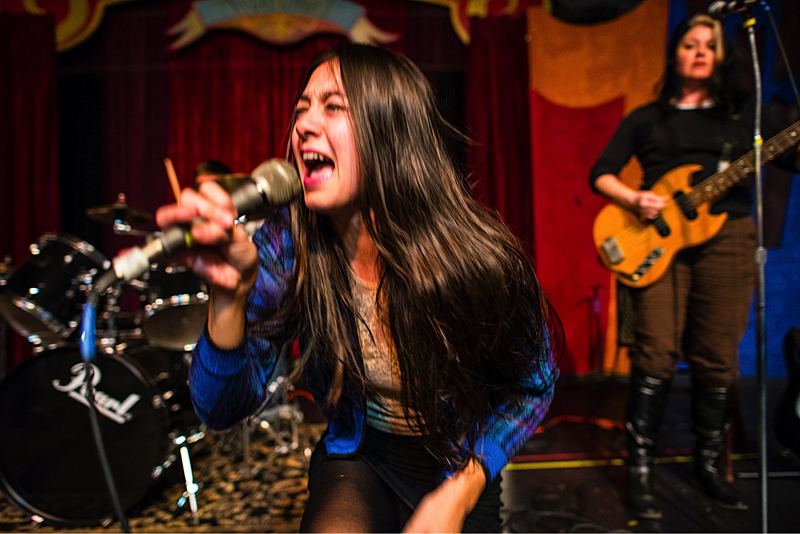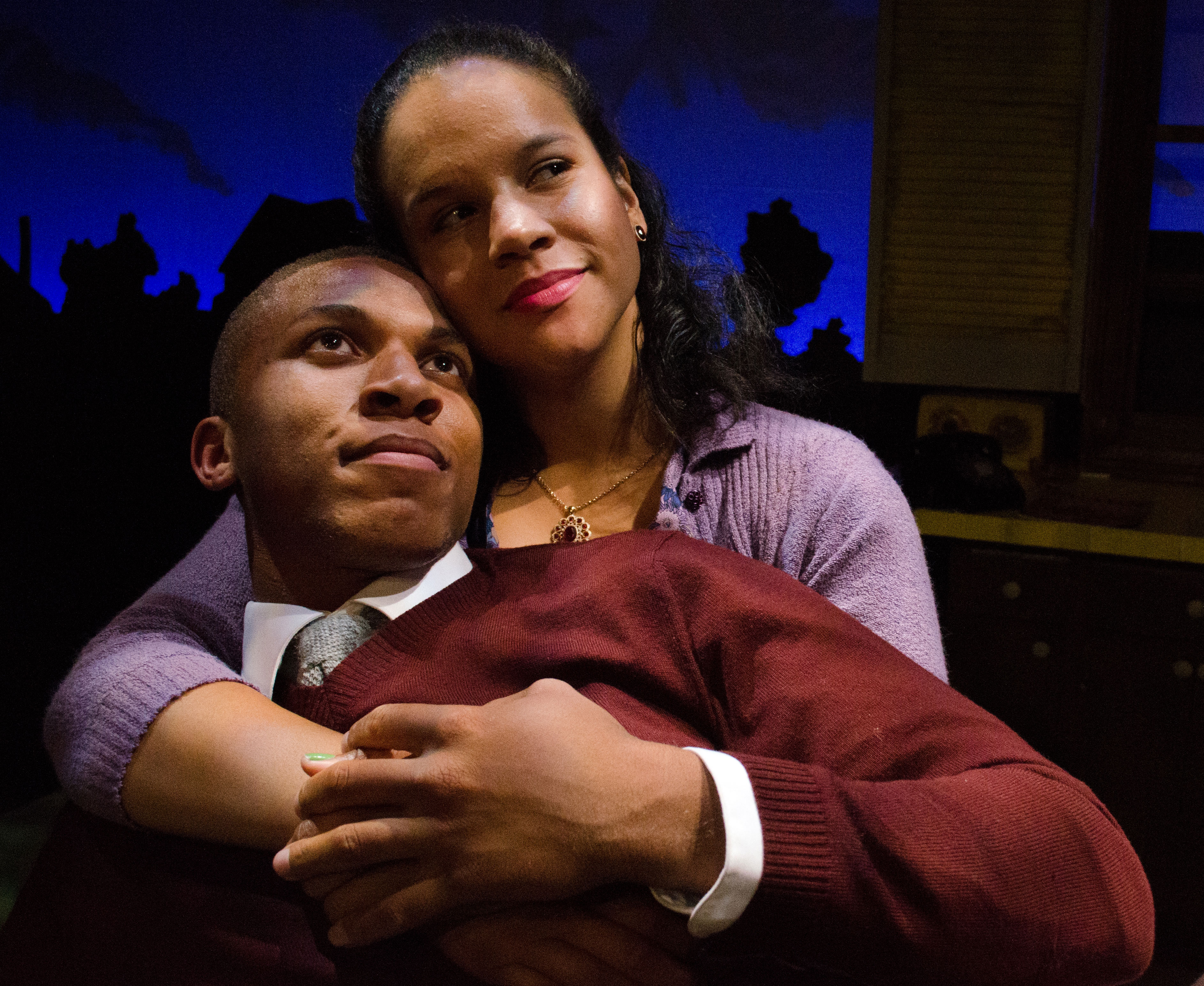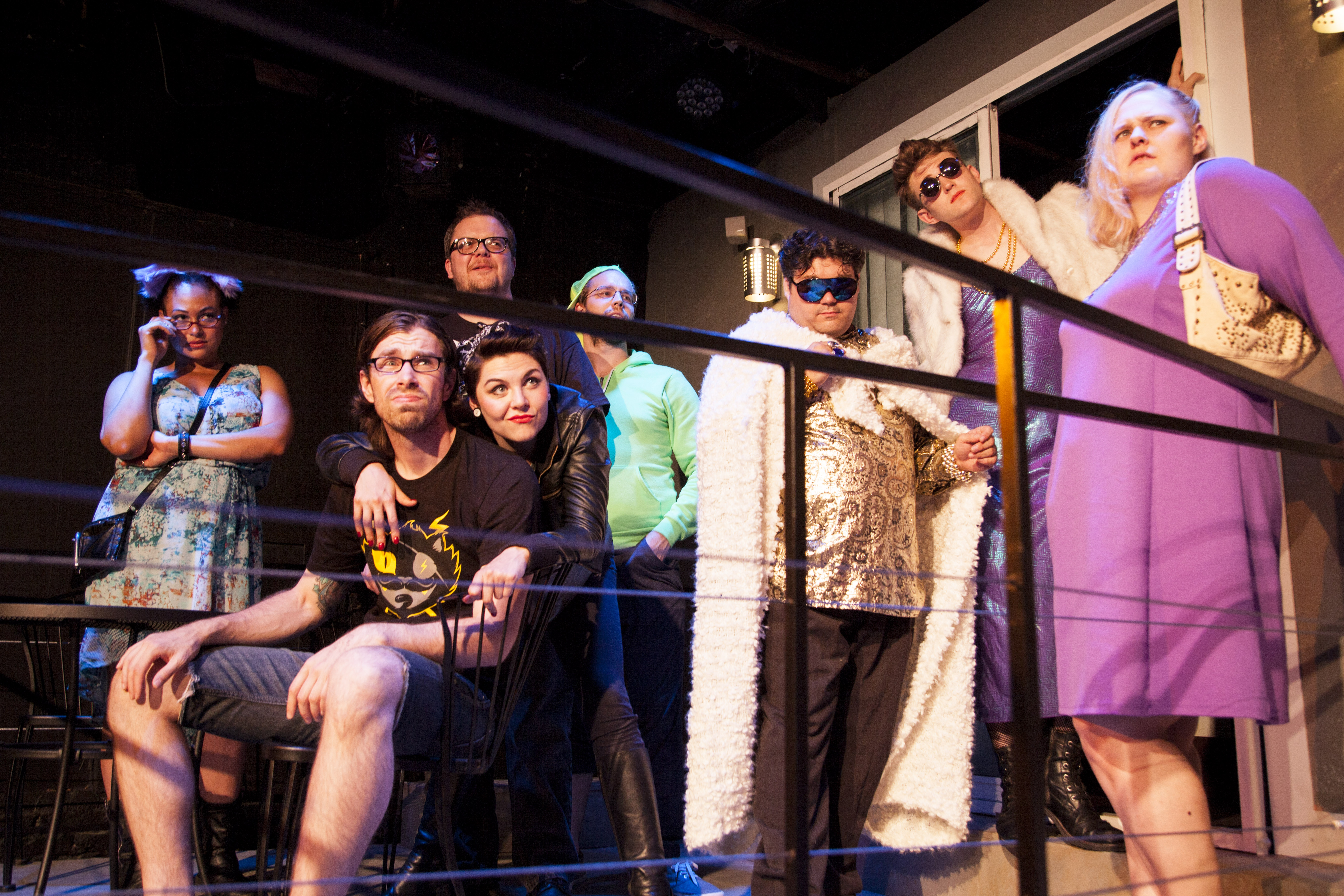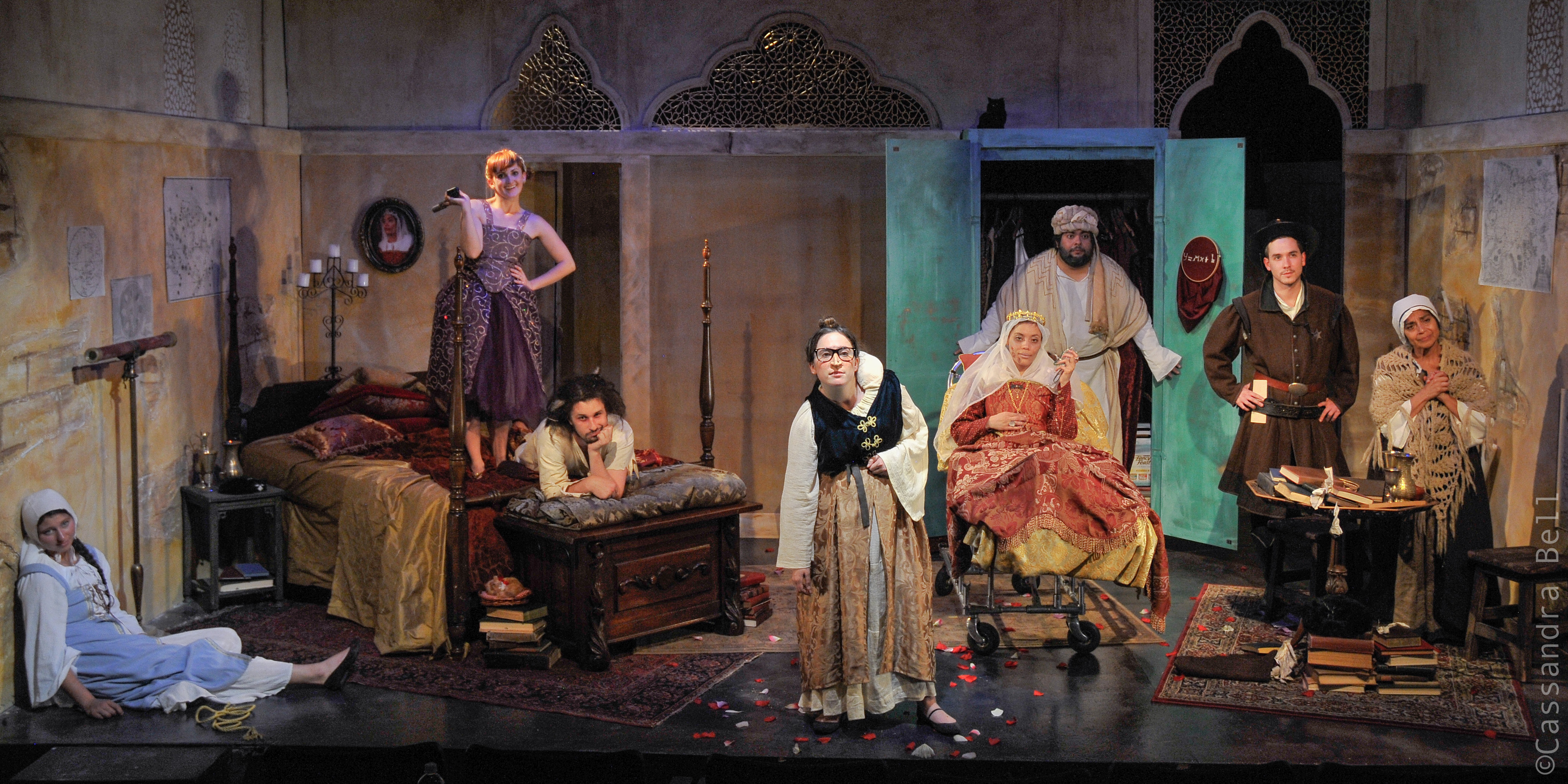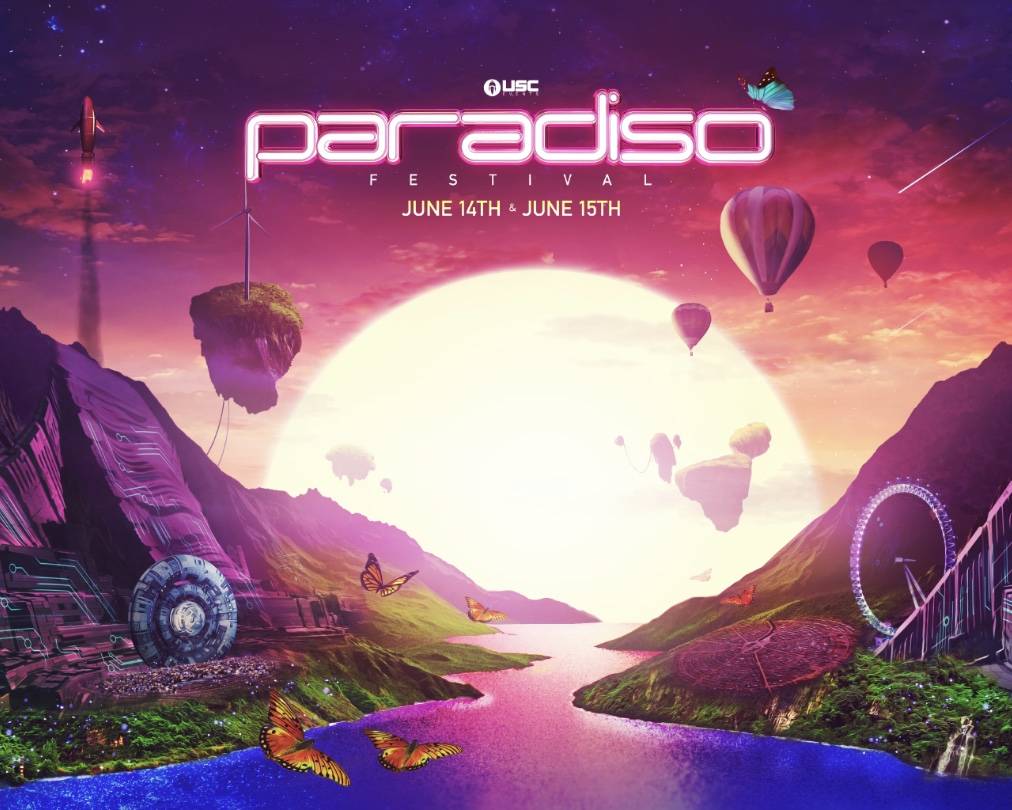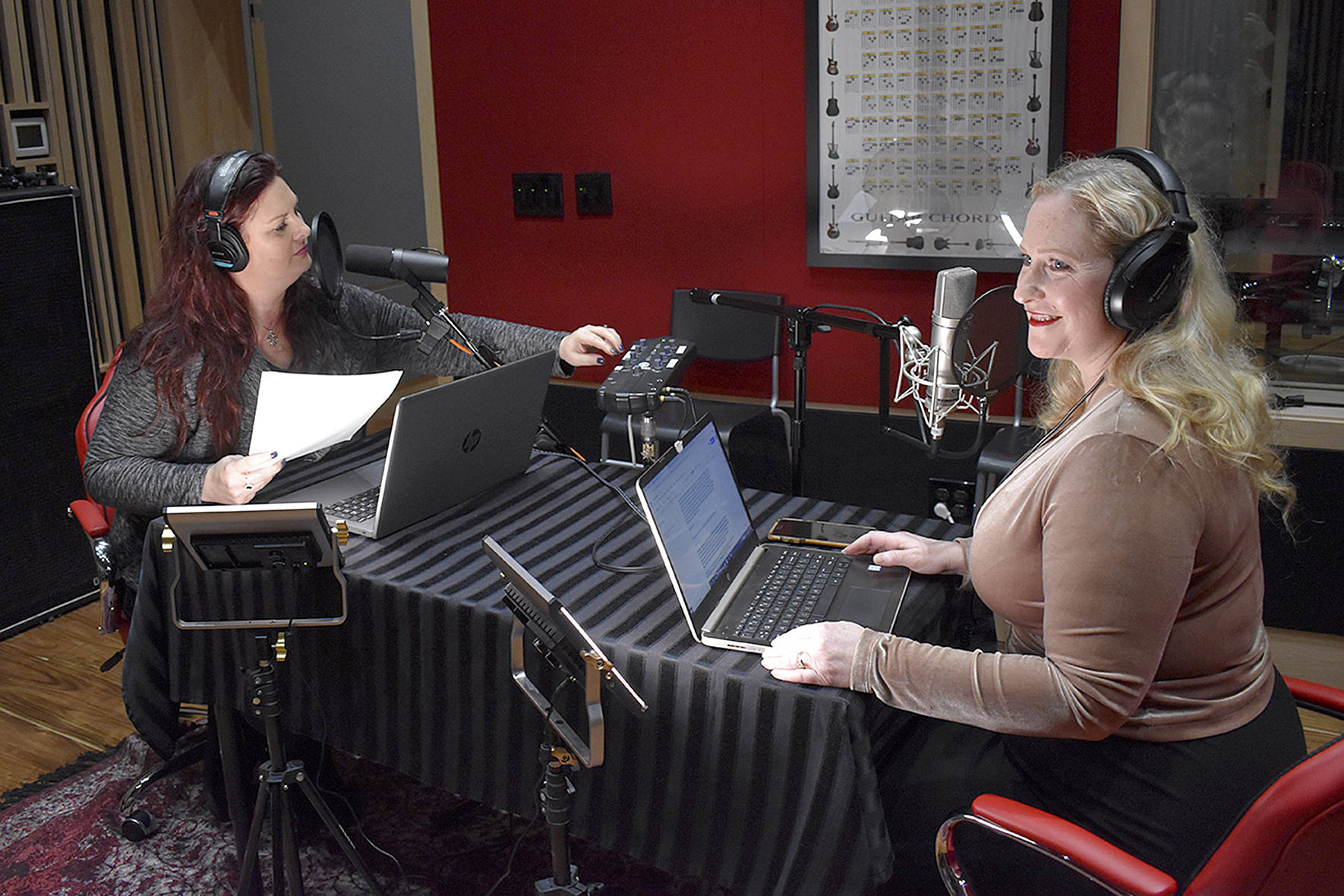Revisiting Seattle’s grunge era through the eyes of four fictional characters, These Streets aspires to be to the ’90s what The Big Chill was to the ’60s—a vehicle that evokes the giddy rush of bygone times, revisits its pivotal players 20 years later, and finally puts the entire zeitgeist into proper historical perspective.These Streets boasts a solid local pedigree, with its script—based on interviews with women of the grunge years—credited to Sarah Rudinoff, Elizabeth Kenny, and musician Gretta Harley (who leads the stage band; Rudinoff and Kenny act in the show). These Streets arrives with a mission: to explore how and why women were integral to the grunge scene, even while Nirvana, Soundgarden, and Pearl Jam relegated them to commercial obscurity. (Courtney Love gets no love from the playwrights.)Frustratingly, what emerges instead is a blustery hodgepodge of name checks (the Off Ramp, the OK Hotel, etc. ), amalgamated characters whose angst is never fully explained, and live snippets of both new and familiar tunes from the flannel decade.DJ Bryan (John Q. Smith) explains at the outset that he’s working on an oral-history project about the women who helped forge the Seattle sound. In the present and in flashbacks, Bryan—his younger self played by Evan Crockett—acts as both emcee and referee, but his presence is largely structural. He’s just there to move things forward—even stapling the dates to a poster-laden pole—and help the audience distinguish past characters from present, occasionally adding his own comments as cultural historian.Each lead—Dez, Ingrid, Christine, and Kyla—is portrayed by two actresses, and all of them invest their roles with varying degrees of passion and believability. There are the inevitable boy troubles (Peter Richards plays grunge-rocker Jarrad, who alone represents all the dudes of the day), and a poker-game reunion that nearly capsizes when a who-wrote-what argument tests the bonds of time and circumstance among these four women.Very much a hybrid show, These Streets trips on its own hurdles. For the sake of local street cred, do its creators want a documentary with inside references to bands, performers, and clubs that no one outside Seattle has heard of? (And, let’s face it, many of the city’s newcomers will be equally clueless.) Or do they want an actual character-driven drama that recreates a flashpoint in time, then reveals how that moment permanently marked everyone who was there?Also at issue is whether this is a concert interrupted by dialogue or a play with music, because both vie for time and audience attention. Clearly music is the star of These Streets, and whenever the house band is in the spotlight, the show roars to life. (Harley leads an ensemble including Ron Nine of Love Battery, Fiia McGann of Goodness, and Mitch Ebert of Landlord’s Daughter.) Sadly, that band is often used only to play musical snippets that bookend scenes or to substitute a song for character development.There’s a mosh-pit chaos to the proceedings, and director Amy Poisson seems divided about how to focus the maelstrom of energy thrown her way. She simply lets the narrative slug it out with the music, and the result is a caterwauling melange that does neither idiom justice. And, as with many who believe they’ve been slighted by history, there’s an unmistakable self-congratulatory tone here. It suggests that while other (male) bands made a bigger splash, the forgotten women here are the real deal.None of these flaws is fatal, but leaving them unresolved means that These Streets won’t get much traction south of Portland or north of Everett. Has the broader world really been waiting to see a stage show about the danger and daring of grunge, what drove its players, and how it changed the course of popular music? If so, that wait continues.stage@seattleweekly.com
Revisiting Seattle’s grunge era through the eyes of four fictional characters, These
